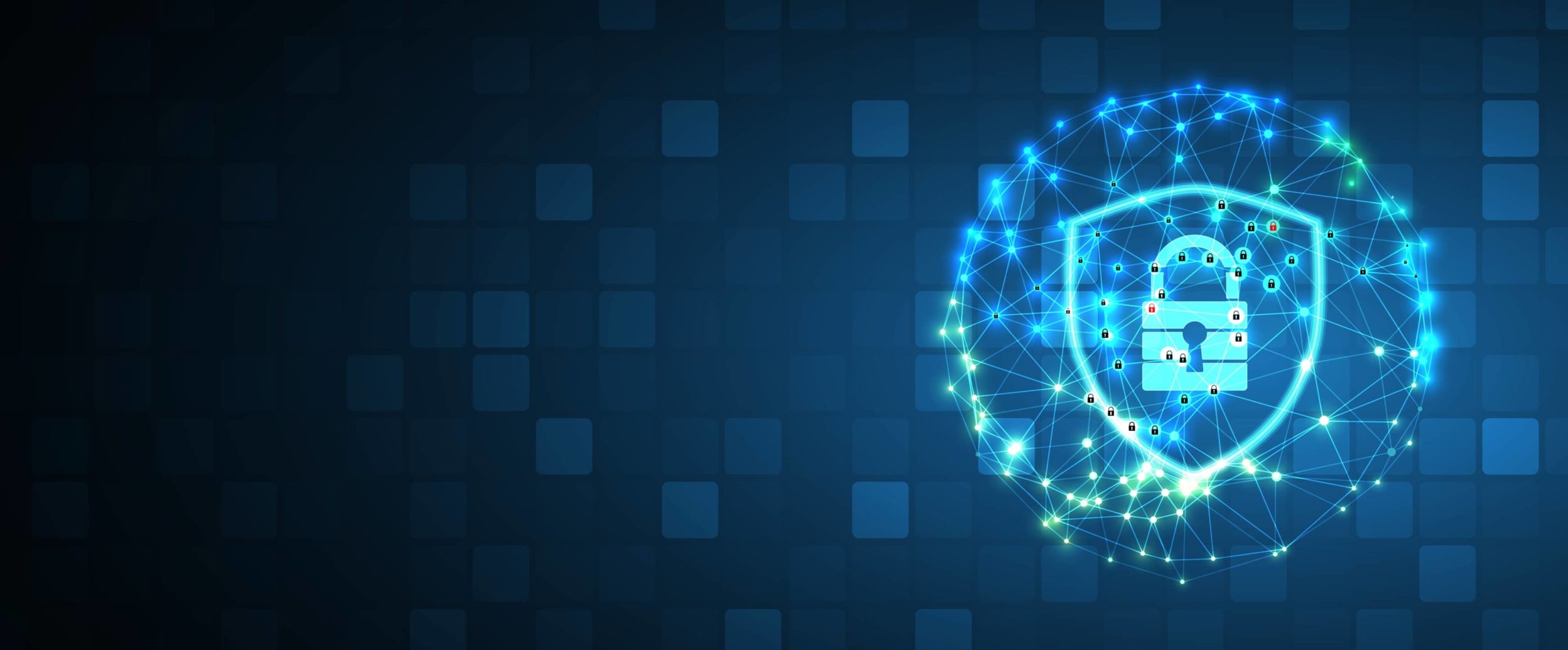
Zero trust security had made a name for itself prior to the pandemic, but when remote work became a necessity instead of a preference, the need for zero trust security became truly known. It’s gone from a buzzword to an integral part of the security strategy.
Most organizations have a hybrid model where a percentage of employees are in-office while the others are working remotely. And whether you’re fully remote or fully in-office, taking a look at endpoint security is probably going to be the key to adopting zero trust security practices.
5 Important Pillars
The National Institute of Standards and Technology provides the blueprint for zero trust architecture. But for a deeper dive into the inner workings of the model, look at the Cybersecurity and Infrastructure Security Agency, which has an outline called the Zero Trust Maturity Model.
You’ll find five guiding pillars related to the following: identity, device, network/environment, application workload, and data.
Identity
Organizations should limit access according to the principle of “least privilege” and establish multi-factor authentication and user identity authentication.
Device
Create an asset inventory as well as a device security position. This will help to mitigate risks associated with attacks.
Network/Environment
Incorporate monitoring, so any suspicious traffic will be flagged.
Application Workload
Prior to allowing access to an application, you have to focus on device security and identity, among other attributes.
Data
Focusing on data encryption and data exfiltration, you gain further assurances that you can remain free of attack.
Web Protection
Be sure to implement a file security web browser extension to protect endpoints. This doesn’t have to involve slowing down your productivity: using the right extension will protect you from malicious downloads outside your network without slowing you down.
Email Security Strategies
While many organizations have adopted secure, cloud-based, file-sharing solutions, email is among the most popular means of communication from one employee to another or from employees to clients. Cyber criminals have long targeted email for phishing attacks, and this continues to be a successful target.
When you incorporate email into our zero trust strategy, you can reduce the risk of email becoming the gateway to attack. Most file security solutions work in the background, so if you choose one of these, you can safely share attachments and forgo interrupting end-user activities.
Work With a Trusted Agent
At Independent Connections, we offload your IT burdens, so you can focus on your business. From infrastructure to cloud IT, we know which technologies will be a custom fit for your unique needs. Contact us and let’s discuss how we can assist you with zero trust security issues.